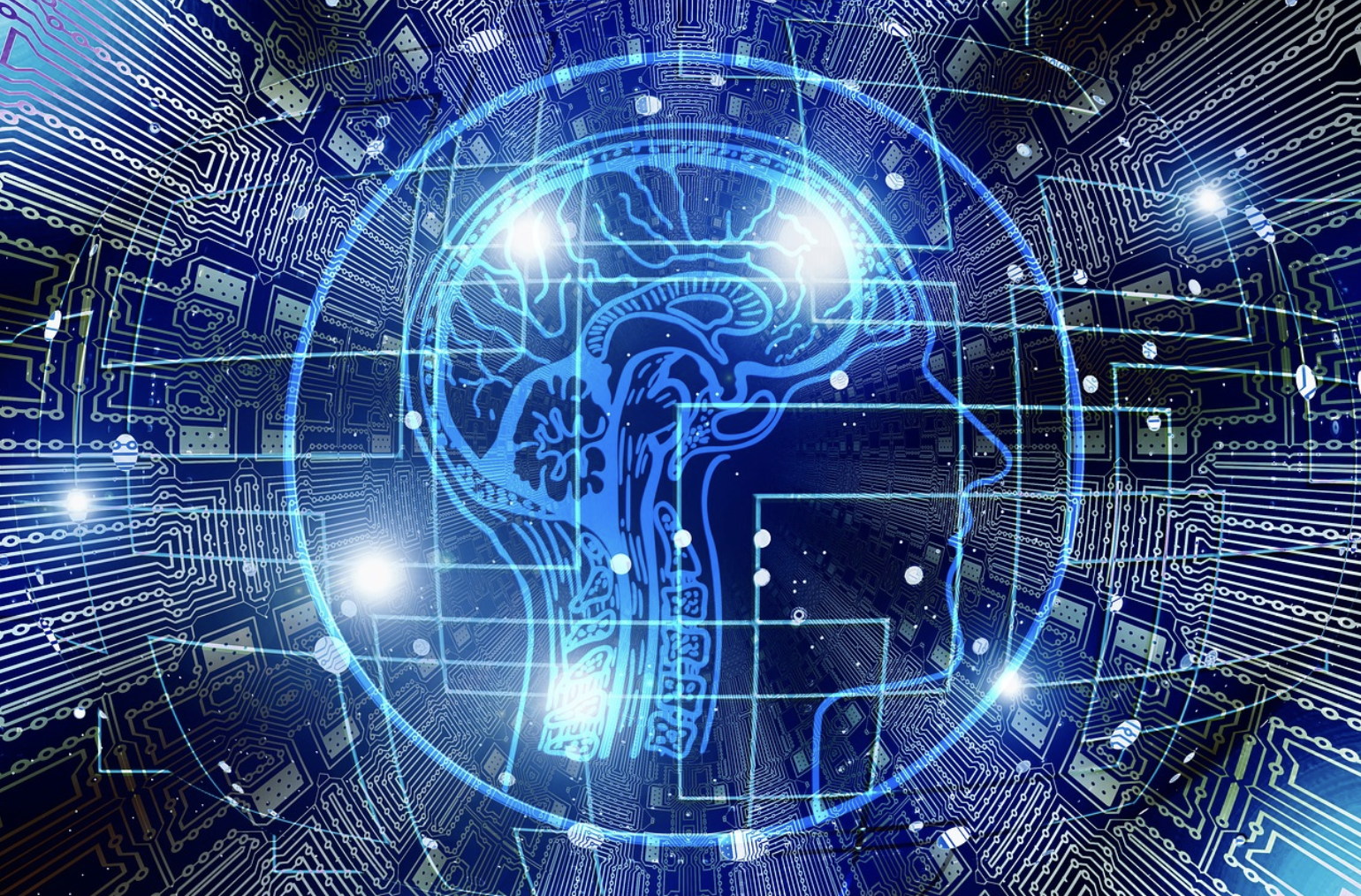Tracking OCD Treating Technologies
This analytical guide provides insights into the modern-day technologies that are being used to treat obsessive-compulsive disorder (OCD). Today we’re going to be talking about therapeutic, surgical technologies and nonsurgical technologies like Deep TMS™ used to treat OCD. But, first, let’s examine what OCD really is and discuss the front-line treatment approaches.
What is OCD?
Obsessive-Compulsive Disorder (OCD) is a mental health disorder that affects approximately 2.2 million adults in the United States (Anxiety and Depression Association of America, 2017). People with OCD experience persistent, unwanted thoughts (obsessions) and engage in repetitive behaviors (compulsions) to control or neutralize their obsessions. These obsessions and compulsions can interfere with daily activities, cause significant distress, and take up much time.
There are effective treatments available for OCD. And for those asking can OCD can be cured, the answer is a definitive yes, over time. But many people do not seek help because they are embarrassed or ashamed of their symptoms. Others may not be aware that treatment can help. If you have OCD, know that you are not alone—and there is hope. The most common treatment for OCD is exposure and response prevention therapy (ERP). ERP is a form of Cognitive Behavioral Therapy (CBT) that involves gradually exposing yourself to your feared objects or situations while refraining from engaging in your usual compulsions.
For example, if you are afraid of dirt and germs, your therapist may have you touch doorknobs or shake hands with someone without washing your hands afterward. As you repeatedly face your fears without engaging in compulsions, you will likely find that your anxiety gradually decreases, and your ability to tolerate the feared object or situation increases.
Different Types of Therapy to Treat OCD
- Cognitive Behavioral Therapy – focused on identifying and changing negative thinking patterns and maladaptive behaviors
- Family-Based Therapy– helps family members understand OCD and how to support their loved ones through treatment
- Psychodynamic Therapy -focuses on exploring the unconscious emotions and experiences that may contribute to OCD symptoms
Several medications have been found to be effective in treating OCD, including serotonin reuptake inhibitors (SSRIs), tricyclic antidepressants (TCAs), antipsychotics, and beta blockers. Your doctor can work with you to find the medication or combination that is right for you. Some people with OCD may benefit from adjunctive therapies such as nutritional supplements, neurofeedback, acupuncture, or yoga. It is important to consult with a mental health professional familiar with OCD before starting any new treatment modality.
Nonsurgical Technologies for Treating OCD
Therapy and medication are often the first lines of defense when treating OCD. However, in recent years medical professionals have turned to Deep TMS™ as an effective, non-surgical treatment for OCD. Deep TMS™ is an FDA-cleared treatment for OCD. Deep TMS™ is high-tech, but it’s noninvasive. It utilizes a patented H-Coil helmet with a built-in magnetic field. This fits over the patient’s head and transmits magnetic pulses that penetrate deeper than traditional TMS. These magnetic waves target problematic areas in the brain and work to generate positive results vis-a-vis their effects on neural activity.
No neuro-navigation medical devices are needed with Deep TMS™. Multiple studies have been conducted, notably in 2015 (World Psychiatry, 1000 patients in study*), according to which some 80% of patients experienced improvement of symptoms during their continuation phase of Deep TMS™. In another study, TMS elicited a 38% response rate in OCD patients, and a month after the TMS treatment, the response rate was elevated at 45% – significantly higher than the sham group. In addition, no lasting side effects occur with Deep TMS™; there are no surgical incisions, no anesthesia, or risk of infection.
Surgical Technologies for Treating OCD
Surgical options for treating obsessive compulsive disorder include Deep Brain Stimulation (DBS) and Gamma Knife Radiosurgery. DBS involves the implantation of electrodes into specific areas of the brain known to be involved in the circuitry of OCD. These electrodes are connected to a battery-operated device called a pulse generator, which is implanted under the skin near the collarbone. The pulse generator sends electrical impulses to the electrodes, which modulate activity in the targeted areas of the brain and reduce symptoms of OCD.
DBS has been found to be safe and effective in reducing symptoms of OCD when other treatments have failed (Mayberg et al., 2005). Gamma Knife Radiosurgery delivers high doses of radiation to small areas of the brain involved in the circuitry of OCD without damaging surrounding tissue. This type of surgery is typically reserved for people who cannot tolerate other forms of treatment or who have not responded well to other treatments. Both DBS and gamma knife radiosurgery are considered investigational procedures at this time due to a lack of long-term data on safety and efficacy.
Naturally, there are many attendant risks with any surgical procedure. These include minor or major surgical errors, operation-site pain, infection, paralysis, and possibly death.

